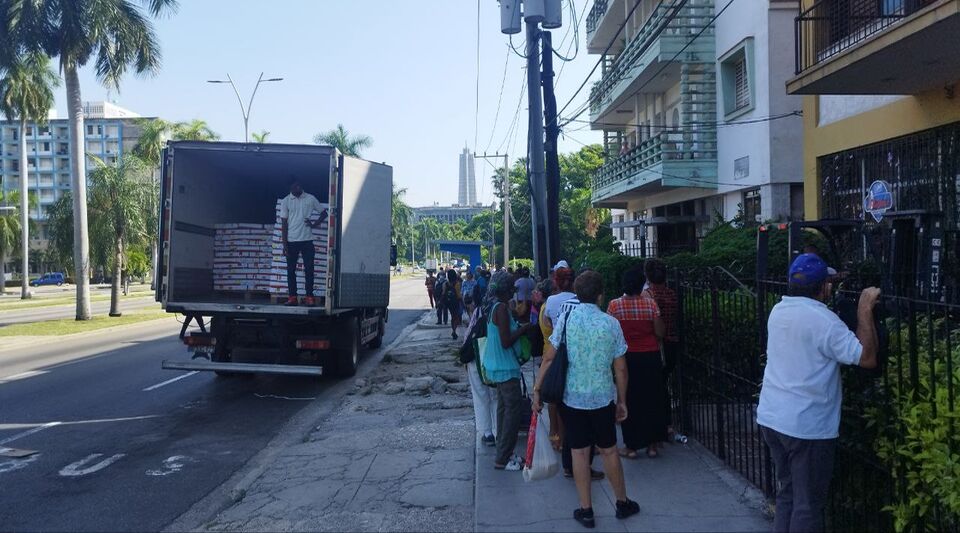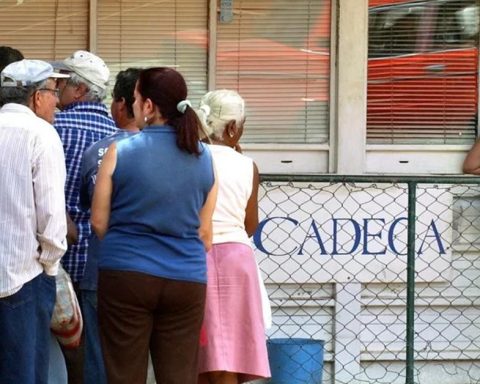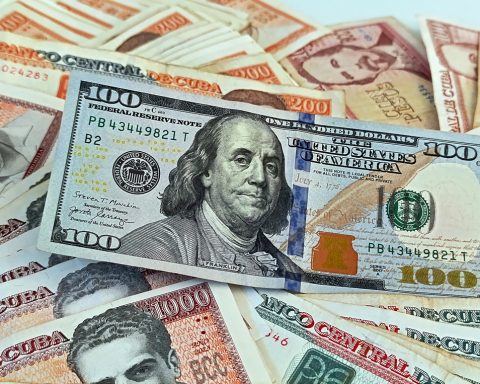After three months in which US chicken exports to Cuba seemed to be in a nosedive, May brought a miraculous recovery: meat experienced a 33% increase in value and 62.4% in the number of tons imported relative to Cuba. with april. The Island bought 25,281.8 tons at 0.89 dollars per kilogram, which meant a total cost of 22.69 million dollars.
Havana took advantage of the 18.3% drop in the price of a kilogram of chicken in the US (compared to the 1.09 dollars per kilogram it had to spend in April) to increase its purchases and reverse a trend that began in February, when the Isla was only able to import 23,014 tons (21.7% less than what was imported in the first month of the year).
However, for the Cuban economist Pedro Monrealthe data, despite assuming a “leap” in the capacity of Havana to acquire chicken, is not a good sign since it reveals the “growing import dependency” of the Island with respect to other countries in the region, with the United States head.
Brazil is the second most important chicken exporter that Havana has, and sent 1,506.2 tons to the island in May
Even so, it is to be expected, Monreal foresees, that imports from the US will maintain their “oscillating” condition, and it will not be unusual for new falls and rises to be recorded throughout the year, both in the value of meat and in the quantity of tons imported by Cuba.
With a more than notable difference compared to the US, Brazil is the second most important chicken exporter that Havana has, and sent 1,506.2 tons to the island in May. In third place is Paraguay, a partner that Cuba had for the first time in February of this year, and that this month sent just 27.8 tons, a significantly lower amount than in February, when it sent 83.
Spain, Poland and the Netherlands, which had sold chicken to the island on several occasions during 2022 and the first months of this year, were not on the list of importers in May.
“The dynamics of chicken exports from the US to Cuba (with advance payment in cash) indicates Cuba’s difficulties in finding stable, high-volume suppliers that offer credit facilities,” summarizes Monreal.
Although the data does not specify which parts of the chicken Havana has imported, it is enough to review the offers in state stores and in the informal market to notice the prominence of the hindquarters and thighs. Breasts are much rarer and the sale of the whole bird is also significantly lower.
The US-Cuba Trade and Economic Council reported that the US registered, during the month of May, a 3.7% increase in its food exports to Cuba
This Tuesday, the economist criticized another unfavorable aspect of the Cuban economy, the “dysfunctional secrecy” with which it hides foreign investment data and which, among other harmful effects, “scares away” potential investors.
Monreal’s opinion was issued after learning that Cuba was the only country in the region that did not collaborate with the annual report of the Economic Commission for Latin America and the Caribbean (Cepal) on foreign investment. The Island “does not appear reflected in the tables,” despite the fact that other dysfunctional and “parsimonious” economies, such as Venezuela and Haiti, did provide information to the agency.
For his part, he US-Cuba Trade and Economic Council reported that the United States registered, during the month of May, an increase of 3.7% in its food exports to Cuba, the equivalent of 26,476,991 dollars. Among the products sent to the Island are coffee, wafflesbaskets, cookies, powdered milk, beer, toilet paper, pork and preserves, as well as chicken.
________________________
Collaborate with our work:
The team of 14ymedio He is committed to doing serious journalism that reflects the reality of deep Cuba. Thank you for accompanying us on this long road. We invite you to continue supporting us, but this time becoming a member of our newspaper. Together we can continue transforming journalism in Cuba.















